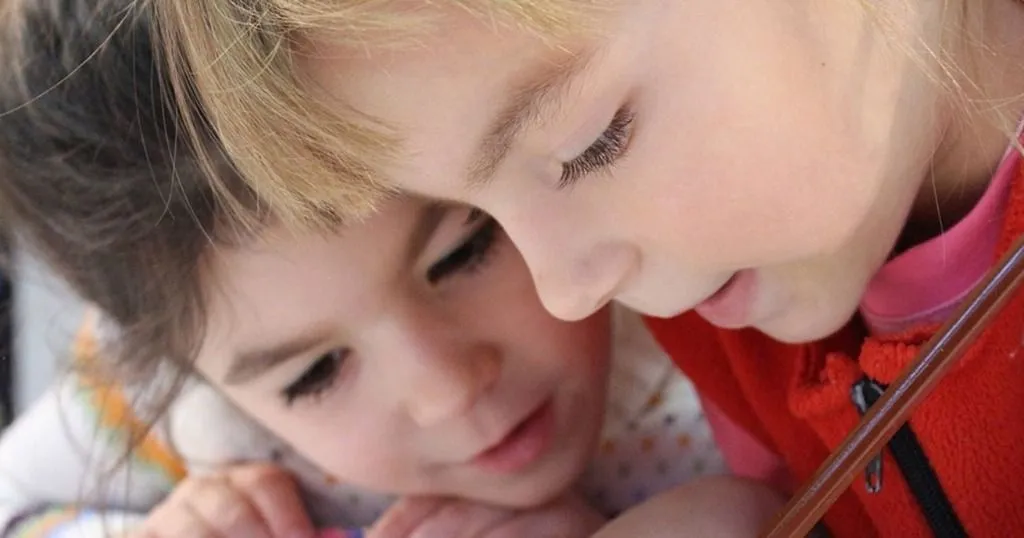4 recent blog posts about understanding autism spectrum disorder
Our understanding of autism spectrum disorder (ASD) has developed a great deal over recent years, but there is still much work to be done.
Posted by
Published on
Mon 13 Apr. 2020

Our understanding of autism spectrum disorder (ASD) has developed a great deal over recent years, but there is still much work to be done.
Over the years the blog writers of this Behavioral Research Blog focused on research into ASD in April, the Autism Awareness month, in order to bring awareness to recent studies that add to understanding ASD. So that’s what I’m doing now!
Below you can find links to four recent blog posts, related to both human and animal research. For example, learn all about how infant behavior can be studied in order to improve early diagnosis and intervention, or learn more about why gut microbes can increase or decrease typical ASD related behaviors via metabolites.
Human behavior studies
Studying posture development in infants at risk for autism
Research discussed in this blog post shows that early posture development is delayed in infants who are eventually diagnosed with ASD. Understanding these delays helps to improve early diagnosis and intervention. Infants were observed at home during the families’ normal activities and during a time period of free play with their favorite toys. The durations of all infant postures were coded with The Observer XT coding and analysis software.

How do children interact with their older autistic siblings?
This blog post focuses on the social interactions between children and their older siblings diagnosed with ASD. Autism has many faces, but all children with autism have one thing in common: they struggle to communicate with others. Siblings were observed at home while playing together. The play sessions were recorded on video and the researchers used The Observer XT to code the behaviors of both siblings.
Infant siblings of children with or without ASD participated in a study to determine whether gaze behavior showed during a test with an unfamiliar examiner could predict gaze behavior in a more naturalistic context. The researchers coded gaze behaviors, as in gaze to the face, during the first 6 minutes of the test and during the 3-min parent–child play interaction using The Observer XT.
Animal behavior studies
Gut microbes: both cause and cure of autism?
Gut microbes can increase or decrease typical ASD-related behavior (stereotypies, social behavior, locomotion, and communication) via metabolites and influencing alternative gene splicing. Various typical ASD behaviors were tested, i.e., stereotypies and decreased locomotion, social behavior, and communication making use of EthoVision XT, the automated video tracking software that gives insight into social behavior and locomotion.
Related Posts

Two examples of on-site observational studies with older persons

Behavior and emotions of older adults


